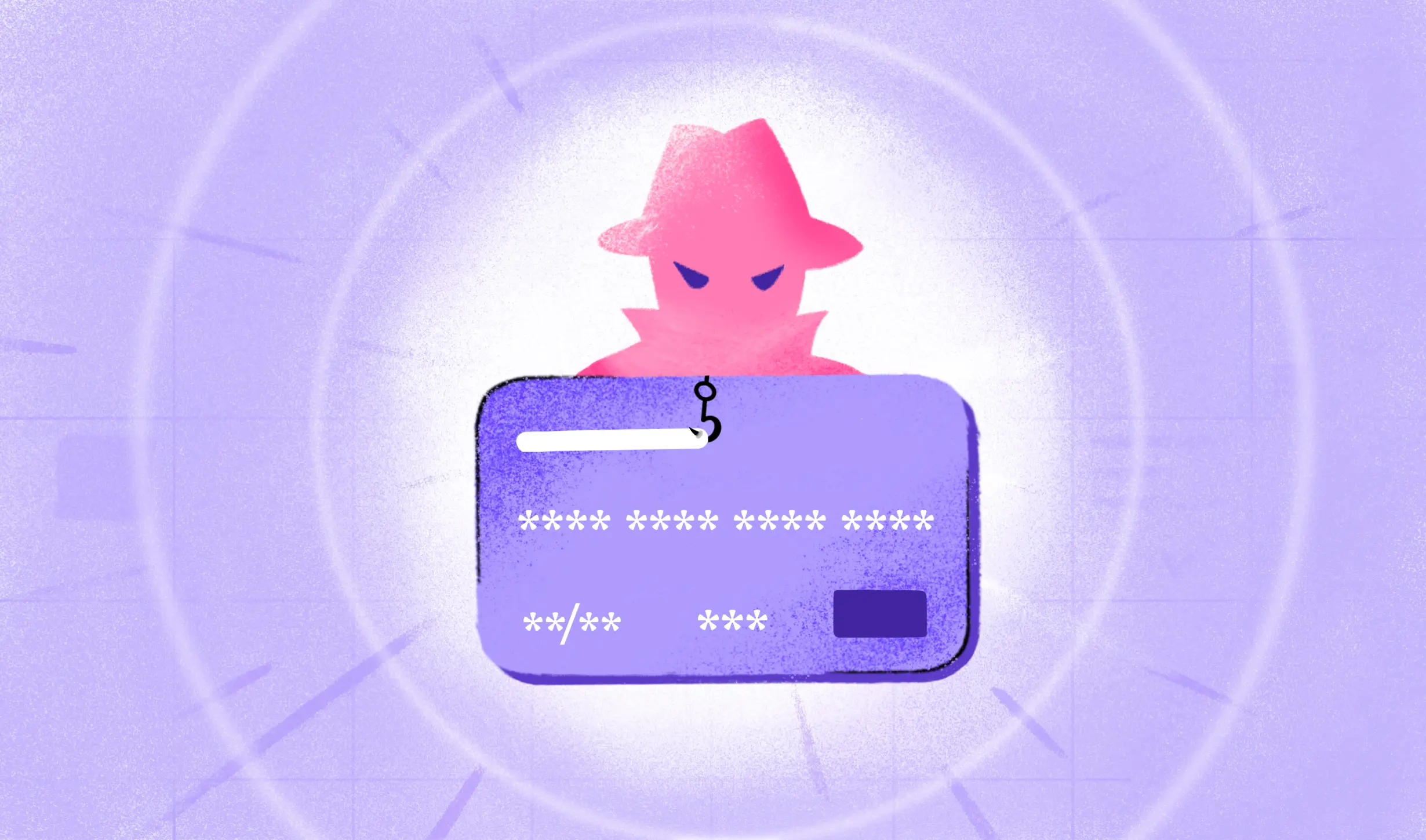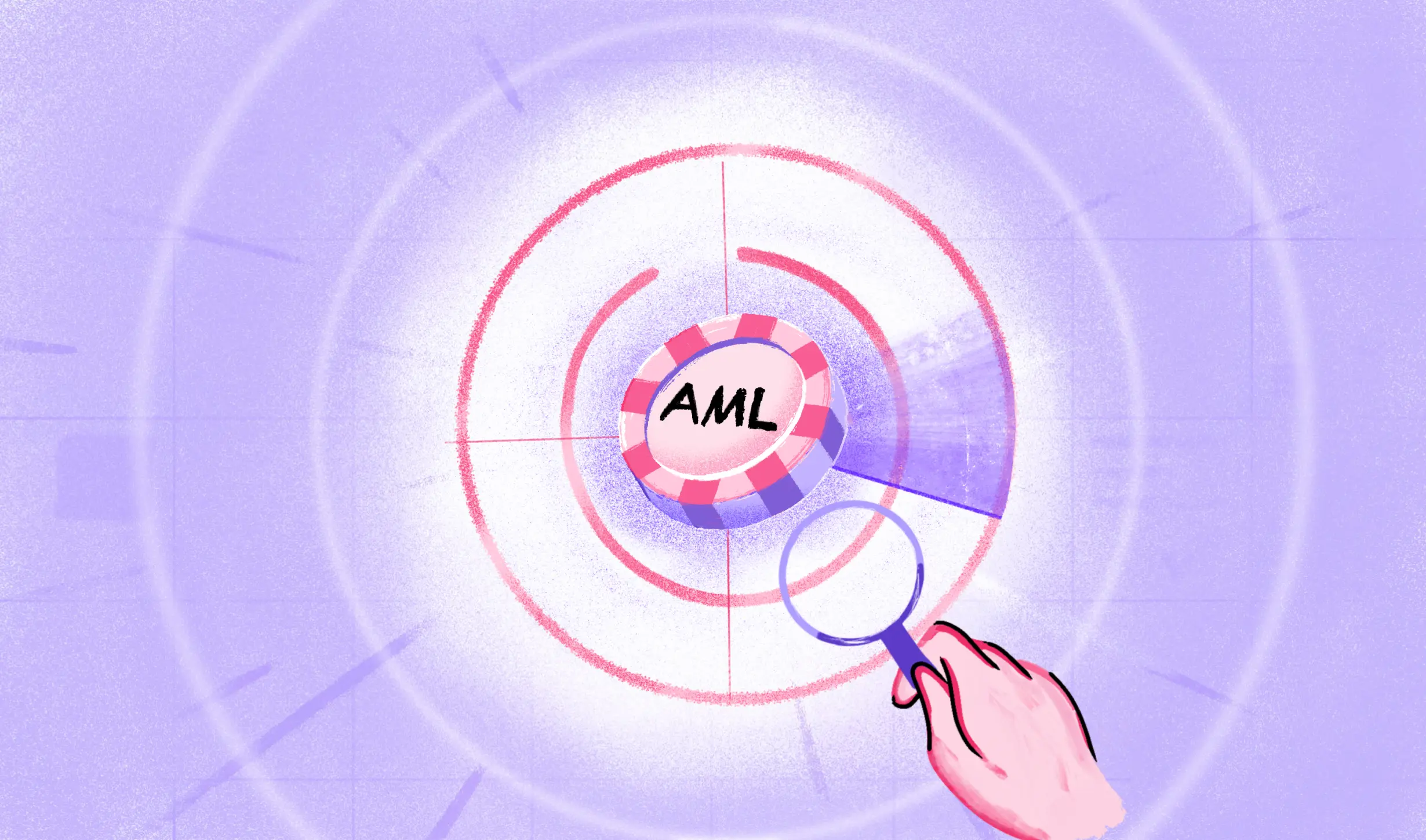An overview of insurance fraud detection
Insurance fraud is a costly and growing threat. According to an estimate, insurance fraud costs insurers $6 billion per year in India alone. This figure is expected to rise as schemes become more sophisticated and criminals are becoming more creative in luring money from insured individuals through fake claims. Therefore, swift and efficient insurance fraud detection has become the need of the hour.
With such a high risk of detection, insurance companies need an effective way to identify fraudsters and prevent them from causing harm.
If you’ve paid any attention to the news in the last few years, you know that the instances of fraud and scams are on the rise. And with the explosion of online shopping and digital banking, it is easier than ever for criminals to steal money from unsuspecting customers.
Many insurance companies are now using new technologies like digital signatures and artificial intelligence to help with insurance fraud detection or claims of an insurance fraud at an earlier stage. This article will explain what insurance fraud is, how it affects your company and some of the ways you can prevent it from happening in your organisation.
Insurance fraud detection is a core part of any insurance operation. Counterfeit claims, fraudulent claims, exaggerated claims, and outright theft are the major causes of insurance fraud.
Early detection of such frauds prevents serious losses to the company and to the customers. Due to the highly competitive nature of the insurance industry, it is essential for an insurance company to prevent fraud at any cost.
In some countries, such as the US, Canada, and the UK, the detection of fraud is covered under the laws governing health and life insurance. While in other countries, the laws governing insurance are generalised and do not specifically address insurance fraud detection.
Types of fraud in the insurance sector
When it comes to insurance fraud, there are several types of crimes related to the sector. These include counterfeiting, theft, improper claims, etc.
- Counterfeit claims – Claims of fake insurance policies are the most common type of insurance fraud. Fake policy forms are often sold over the internet across the globe. The rise in health care costs and digitalisation has led to a steep rise in the number of fake health insurance policies.
- Heist or conspiracy to commit robbery – This involves a group or individuals conspiring to rob an insurance company, typically by making a fake claim.
- Insurance fraud – This refers to any unauthorised activity that creates risks for insurers and affects their bottom line. Examples could involve dishonest employees trying to scam payments from the company, fraudulent claims being made, or questionable financial dealings with third-party providers.
- Cybercrime – Cybercrime is a broad term that refers to any act that involves cyberattacks, computer crimes, and online fraud. Cybercrime can be used to steal information or financial data, cause disruptions or damage to systems, or spread viruses.
- Ponzi scheme – A Ponzi scheme is a fraudulent investment scheme in which participants are promised high returns on their investment but actually end up losing money.
How AI is helping with insurance fraud detection
Artificial intelligence is one of the key tools used in insurance fraud detection. It is based on the use of algorithms that can identify patterns specific to fraudulent activity.
AI helps humans review large amounts of data more efficiently, allowing them to identify potential fraudsters before they cause any damage. It’s not just about spotting suspicious patterns in credit card transactions or bank deposits; it’s about looking for things like fake emails, social media profiles, and IP addresses that aren’t owned by the person using them.
AI can help humans identify potential risks associated with specific types of claims and make better decisions about which insurance policies to buy. AI can help you manage your risk profile by monitoring trends over time and adjusting your strategy accordingly. As automation continues to grow in prominence throughout the world economy, organisations will have more control over their operations than ever before—and they’ll be able to use that power responsibly.
Tips For Preventing Insurance Fraud
When it comes to preventing insurance fraud, the focus shifts to digitalisation, every step taken to transform your business digitally can prevent fraud. Digitalisation not only helps in reducing costs and speeding up processes but also helps in the prevention of fraud.
One of the major ways to prevent fraud is by creating a secure and fraud-proof environment in your company. This can be done by actively educating your employees about the dangers of fraud and by implementing a safe mode of finances within the company.
Another effective method of preventing insurance fraud is by using digital signatures. Digital signatures help in validating the authenticity of the sender of an e-commerce request and thus prevent fraud.
What are the challenges in the insurance sector?
The insurance sector is one of the most vulnerable sectors when it comes to financial fraud. The challenges faced in this sector include a large number of fraudulent claims and inadequate controls.
One of the biggest challenges in this space is that there are so many different types of insurance offerings that it can be difficult for consumers to choose which kind of coverage best suits their needs. For example, life insurance provides an income stream during retirement, while disability insurance helps pay medical bills after an accident or injury.
The insurance industry is a highly competitive industry, and there are many players with different products and services. It is subject to regulatory oversight from state and federal authorities, which can make it more difficult for an insurer to expand its business by entering new markets.
The Insurance Regulatory and Development Authority of India (IRDAI) has identified these challenges and is working to solve them. You can also help IRDAI by reporting suspicious activities or fraudulent claims in your company.
Conclusion
Insurance fraud is a big problem in the world of business, and it’s getting bigger. But fraud isn’t just a matter of people stealing money or property—it can also mean stealing your customers’ trust. It’s important to invest in resources and solutions that help reduce the risk of exposure to such potential fraud and actively seek insurance fraud detection.
FAQs
What are some of the common signs and symptoms of insurance fraud?
Insurance companies often use sophisticated techniques to detect fraudulent claims. But the most common signs and symptoms to detect insurance fraud include claims for medical expenses that exceed the value of the policy or claims for injuries that did not occur as described (for example, a claim for injuries that occurred over time but were not sustained at once).
What are the punishments when it comes to insurance fraud?
The Indian Contract Act,1872 (ICA) doesn’t have any specific laws on insurance fraud.
How much time do insurance companies take to detect fraud?
Generally, the companies are liable to complete their investigation within 30 days; if not, they need to issue a statement asking for an extension.
How to act if you think you are frauded or scammed?
If you think you’ve been the victim of fraud, the first step is to contact your insurance company to report it. You may also want to file a police report, especially if you’ve been the victim of identity theft.

 US
US
 IN
IN









